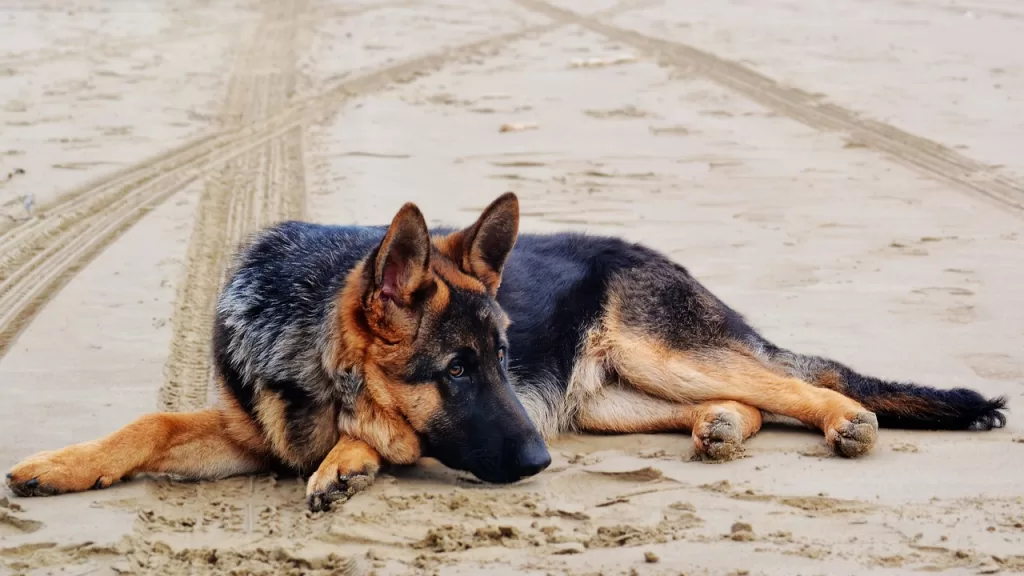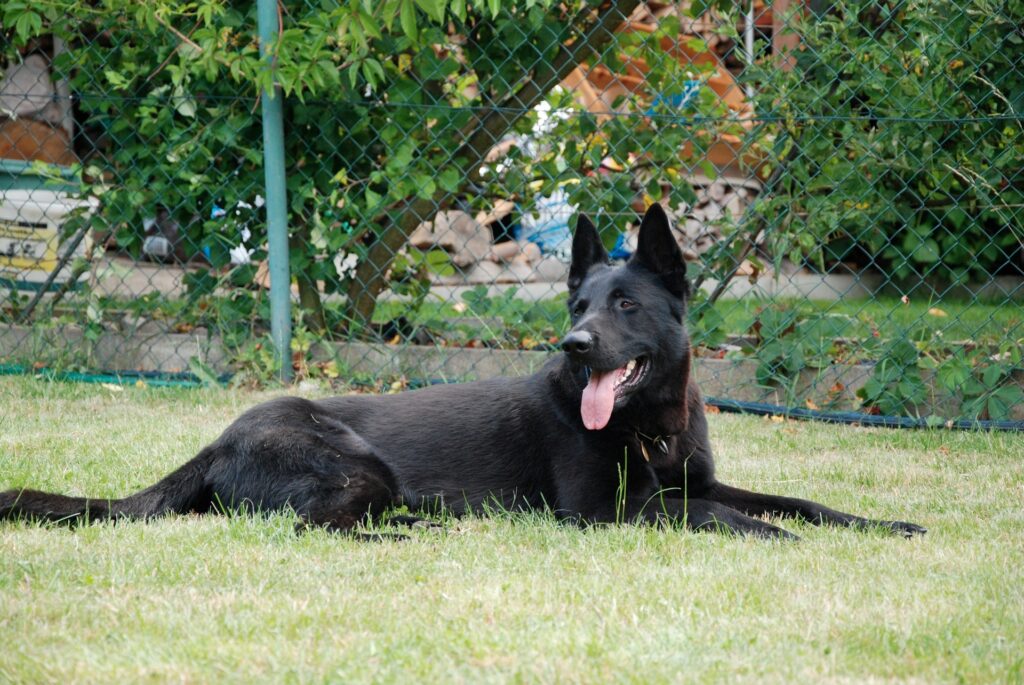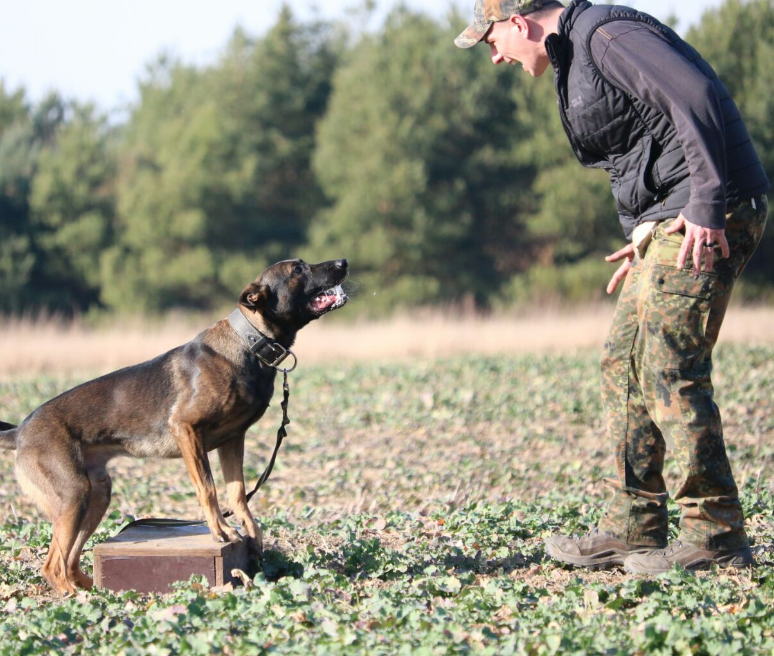
Introduction:
When it comes to canine athletes, agility training plays a crucial role in enhancing their physical abilities, mental sharpness, and overall performance. Agility training involves a series of challenging exercises that test a dog’s speed, agility, and obedience. But how can we take this training to the next level? In this blog post, we will explore advanced techniques and strategies to elevate your canine athlete’s agility training and bring out their full potential.
1. Building a Strong Foundation:
Before diving into advanced agility training, it’s essential to ensure your dog has a strong foundation. Start with basic obedience commands, such as sit, stay, and recall, to establish trust and discipline. Focus on improving their core strength, balance, and coordination through exercises like balancing on wobble boards or walking over low hurdles. This foundation will provide the necessary groundwork for advanced training.
2. Incorporating Complex Obstacles:
To take agility training to the next level, introduce complex obstacles that require increased concentration and precision. Expand beyond standard jumps and tunnels by incorporating weave poles, A-frames, seesaws, and pause tables. Gradually increase the difficulty level and create unique sequences that challenge your dog’s problem-solving abilities. This variety keeps the training sessions engaging and prevents monotony.
3. Speed and Endurance Training:
Agility competitions demand dogs to perform at their peak speed and maintain endurance throughout the course. To enhance your canine athlete’s speed, include interval training sessions that involve short bursts of intense exercise followed by periods of active recovery. This approach improves their anaerobic capacity and quickens their reflexes.
Additionally, incorporate endurance training by gradually increasing the length and complexity of the courses. This type of training builds stamina, and mental focus, and helps dogs maintain optimal performance throughout longer agility runs.
4. Mental Stimulation:
Agility training isn’t just about physical prowess; it also requires mental acuity. Incorporate brain-teasing exercises, such as shape and color recognition, targeting specific obstacles based on verbal cues, and solving puzzles. Mental stimulation enhances your dog’s ability to think on their feet, adapt to new challenges, and make split-second decisions during competitions.
5. Strengthening the Bond:
The connection between handler and dog is vital for successful agility training. Taking your training to the next level requires building a strong bond based on trust, clear communication, and positive reinforcement. Strengthen the relationship through consistent training, playtime, and rewarding desired behaviors. When your dog sees you as a reliable and supportive partner, their performance will skyrocket.
6. Seek Professional Guidance:
For those looking to truly excel in canine agility training, consider seeking guidance from professional trainers or joining advanced agility classes. These experts can provide personalized advice, identify areas for improvement, and offer specialized training techniques tailored to your dog’s unique needs. Their expertise will take your dog’s skills to new heights while ensuring their safety and well-being.
Conclusion:
Agility training for canine athletes is an exciting and rewarding journey that requires dedication, patience, and a commitment to continuous improvement. By incorporating advanced techniques, introducing complex obstacles, focusing on speed and endurance, providing mental stimulation, strengthening the bond, and seeking professional guidance, you can elevate your dog’s agility training to the next level. Remember, the key is to enjoy the process and celebrate every milestone achieved along the way. Together, you and your canine athlete can conquer any agility course and revel in the joy of reaching new heights of athleticism.


